February 14, 2007
Medical statistics 1
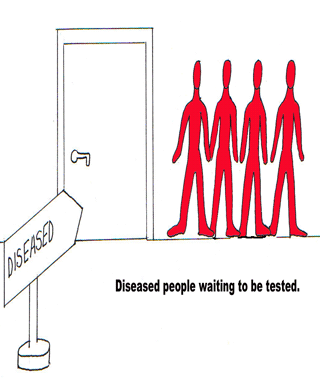
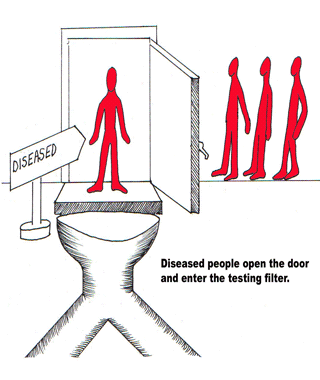
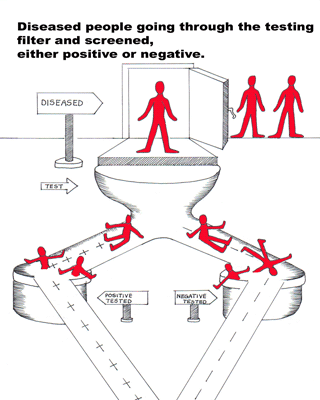
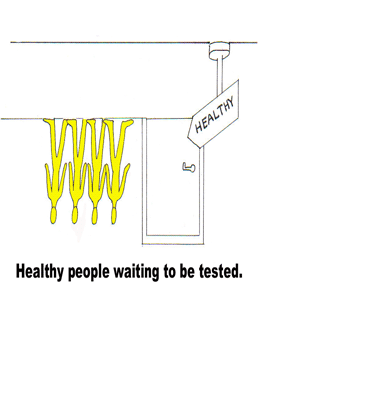
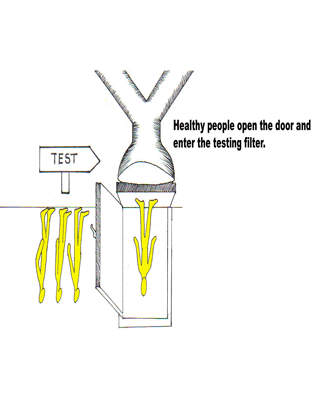
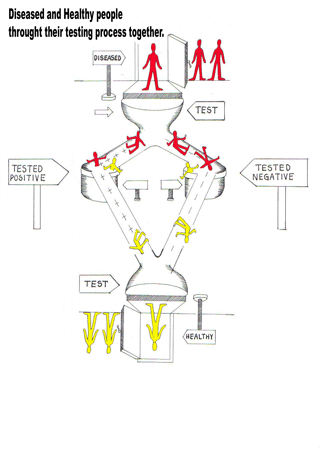
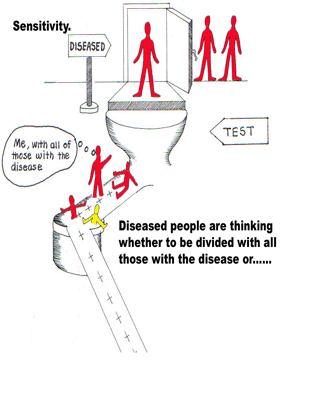
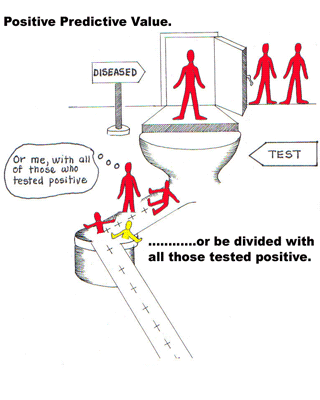 Sensitivity: the probability that an individual with the disease will test positive. It is the number of patients with a positive test who have the disease (true positives) divided by all patients who have the disease. A test with high sensitivity will not miss many patients who have the disease (ie, low false negative rate). Positive predictive value: the likelihood that a patient with a positive test has the disease
Sensitivity: the probability that an individual with the disease will test positive. It is the number of patients with a positive test who have the disease (true positives) divided by all patients who have the disease. A test with high sensitivity will not miss many patients who have the disease (ie, low false negative rate). Positive predictive value: the likelihood that a patient with a positive test has the disease
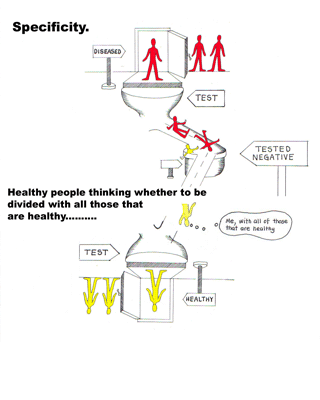
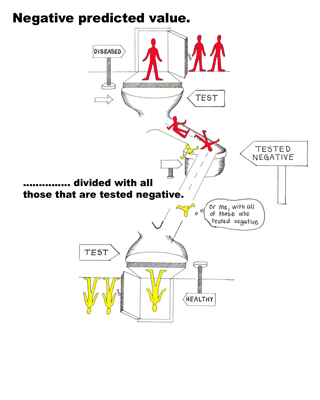 Specificity: the probability that an individual without the disease will test negative. It is the number of patients who have a negative test and do not have the disease (true negatives) divided by the number of patients who do not have the disease. A test with high specificity will infrequently identify patients as having a disease when they do not (ie, low false positive results). Negative predictive value: the likelihood that a patient who has a negative test is free of the disease
Specificity: the probability that an individual without the disease will test negative. It is the number of patients who have a negative test and do not have the disease (true negatives) divided by the number of patients who do not have the disease. A test with high specificity will infrequently identify patients as having a disease when they do not (ie, low false positive results). Negative predictive value: the likelihood that a patient who has a negative test is free of the disease
Posted by mmw at 02:10 PM | Comments (0)
August 11, 2006
Cholesterol lowering drugs
Cholesterol treatment guidlines:
Current guidelines for cholesterol treatment: http://www.nhlbi.nih.gov/guidelines/cholesterol/profmats.htm
Drug Treatment:
There are four major classes of medications are used to treat hyperlipidemia:
o HMG-CoA reductase inhibitors (statins)
o Bile acid sequestrants (cholestyramine, cholestipol)
o Nicotinic acid
o Fibric acids
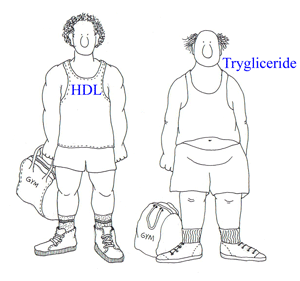
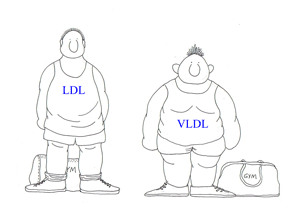
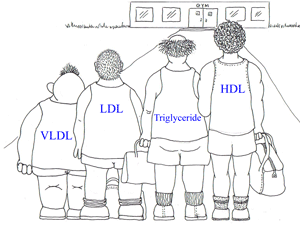
o The statins can lower LDL levels by 18% to 55% and triglyceride levels by 7% to 30%. They also can raise HDL levels by 5% to 15%.Their major side effects include myopathy and an elevation of liver enzyme levels.
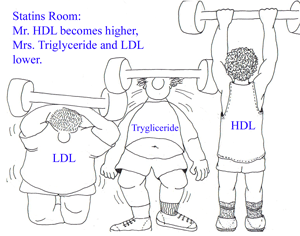
o The bile acid resins (cholestyramine, cholestipol) lower LDL levels by 15% to 30%, and raise HDL levels by 3% to 5%. They have no effect on triglyceride levels. Their major side effects include gastrointestinal distress, constipation, and a decrease in the absorption of other drugs.
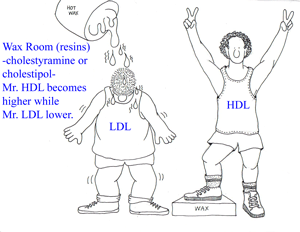
o Nicotinic acid lowers LDL levels by 5% to 25% and triglyceride levels by 20% to 50%. Nicotinic acid also raises HDL levels by 15% to 35%. The major side effects of nicotinic acid include flushing, hyperglycemia, hyperuricemia, GI distress, and hepatotoxicity.
o Fibric acids lower LDL levels by 5% to 20% and triglyceride levels by 20% to 50%, and raise HDL levels by 10% to 20%. Their major side effects include dyspepsia, gallstones, myopathy, and unexplained noncardiac death.
Posted by mmw at 09:39 PM | Comments (0)